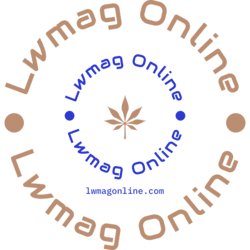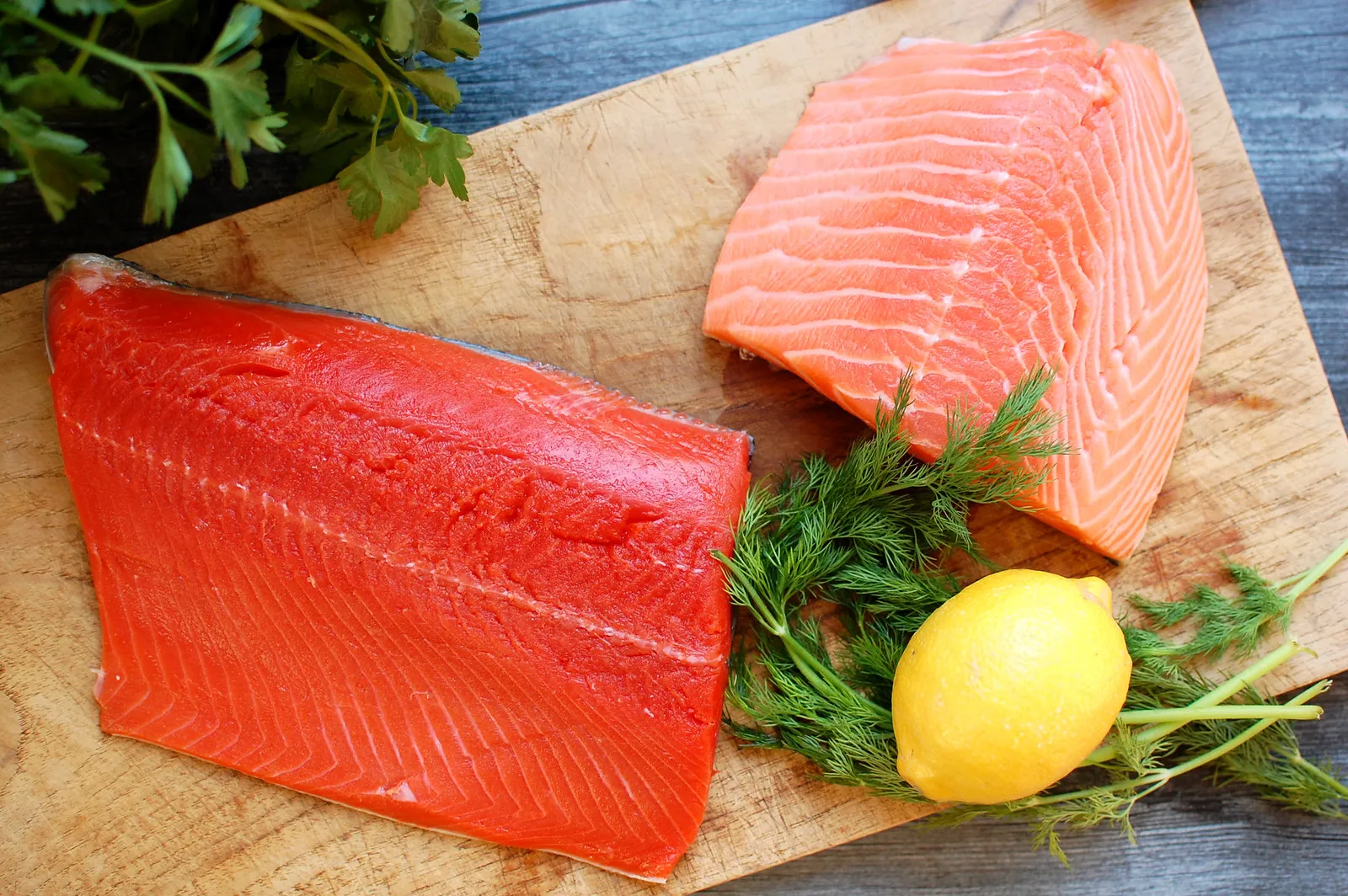Salmon is a popular and nutritious fish enjoyed by people worldwide. However, when it comes to choosing between wild-caught and farmed salmon, there are various factors to consider, including taste, nutritional content, environmental impact, and sustainability. In this comprehensive guide, we’ll delve into the differences between wild and farmed salmon, explore their advantages and disadvantages, and provide insights to help you make an informed decision about which option is better suited to your preferences and values.
Wild Salmon
Overview
Wild salmon refers to salmon that are caught in their natural habitat, usually in oceans, rivers, or lakes. These fish swim freely in their native waters and feed on a natural diet of smaller fish, krill, and plankton.
Taste and Texture
Wild salmon is often prized for its rich, robust flavor and firm, flaky texture. The varied diet and active lifestyle of wild salmon contribute to its distinct taste and texture profile.
Nutritional Content
Omega-3 Fatty Acids
Wild salmon tends to have higher levels of omega-3 fatty acids, particularly EPA and DHA, which are essential for heart health, brain function, and reducing inflammation.
Astaxanthin
Wild salmon derives its pink-orange color from natural sources like astaxanthin, a powerful antioxidant that supports eye health and skin elasticity.
Protein
Wild salmon is an excellent source of high-quality protein, which is essential for muscle growth, repair, and overall health.
Environmental Impact:
Sustainability
Harvesting wild salmon sustainably involves managing fisheries to prevent overfishing and protect vulnerable populations. Practices such as implementing catch limits, monitoring fish populations, and minimizing bycatch help maintain healthy wild salmon stocks.
Ecosystem Health
Wild salmon play a vital role in ecosystems by serving as a food source for other marine life and contributing to nutrient cycling in freshwater habitats.
Cost
Higher Cost
Due to the labor-intensive nature of catching wild salmon and the limited availability of wild-caught fish, wild salmon often comes with a higher price tag compared to farmed salmon.
Farmed Salmon
Overview
Farmed salmon, also known as aquaculture salmon, refers to salmon raised in controlled environments such as fish farms, net pens, or tanks. These fish are fed a formulated diet and kept in captivity throughout their lifecycle.
Taste and Texture
Farmed salmon is generally milder in flavor and softer in texture compared to wild salmon. The uniform diet and sedentary lifestyle of farmed salmon can result in a less distinct taste and texture profile.
Nutritional Content
Omega-3 Fatty Acids
While farmed salmon still contains omega-3 fatty acids, the levels may be lower compared to wild salmon, depending on the feed used and farming practices.
Astaxanthin
Farmed salmon often receive synthetic astaxanthin supplements to achieve the desired pink color, as their diet may not naturally provide sufficient levels of this pigment.
Protein
Farmed salmon is also a good source of protein, although the protein content may vary depending on the feed composition.
Environmental Impact
Resource Use
Farmed salmon production requires resources such as feed, water, and energy, which can strain ecosystems and contribute to pollution if not managed properly.
Waste Management
Waste generated by fish farms, including uneaten feed and feces, can accumulate in aquatic environments and degrade water quality, impacting surrounding ecosystems.
Escapes and Disease
Farmed salmon may escape from net pens and interbreed with wild populations, potentially compromising the genetic integrity of wild salmon. Additionally, crowded conditions in fish farms can increase the risk of disease outbreaks, requiring the use of antibiotics and other treatments.
Cost
Lower Cost
Farmed salmon is often more affordable than wild salmon due to economies of scale, efficient production methods, and higher availability in the market.
Which Is Better: Wild Salmon or Farmed Salmon?
Considerations
When determining which type of salmon is better for you, it’s essential to consider your priorities, preferences, and values. Here are some factors to weigh:
Taste Preference
If you prefer a richer, more robust flavor, wild salmon may be the better choice. However, if you prefer a milder taste and softer texture, farmed salmon may be more appealing.
Nutritional Content
If you prioritize omega-3 fatty acids and natural sources of astaxanthin, wild salmon may offer superior nutritional benefits. However, farmed salmon can still provide essential nutrients, albeit at potentially lower levels.
Environmental Impact
If sustainability and ecosystem health are important to you, wild-caught salmon may align better with your values. However, advancements in aquaculture practices, such as responsible sourcing, reduced environmental impact, and certification standards, are making farmed salmon more sustainable over time.
Cost Consideration
If cost is a significant factor, farmed salmon may be a more economical choice, offering similar nutritional benefits at a lower price point.
Conclusion
Ultimately, whether wild salmon or farmed salmon is better depends on your individual preferences, priorities, and values. Both options have their advantages and disadvantages, and the decision ultimately comes down to what matters most to you. By considering factors such as taste, nutritional content, environmental impact, and cost, you can make an informed choice that aligns with your dietary preferences and sustainability goals.
FAQs About Wild Salmon vs. Farmed Salmon
Is farmed salmon bad for you?
Farmed salmon can be part of a healthy diet and provide essential nutrients like protein and omega-3 fatty acids. However, concerns about environmental impact, antibiotic use, and potential contaminants in farmed salmon have raised questions about its overall healthfulness.
Why is wild-caught salmon more expensive than farmed salmon?
The higher cost of wild-caught salmon can be attributed to factors such as limited availability, higher labor and harvesting costs, and the stringent regulations associated with sustainable fishing practices.
Is farmed salmon sustainable?
With advancements in aquaculture practices, such as responsible sourcing, reduced environmental impact, and certification standards like the Aquaculture Stewardship Council (ASC) and Best Aquaculture Practices (BAP), farmed salmon is becoming more sustainable over time. However, sustainability practices vary among producers, so it’s essential to look for certifications and transparent sourcing information when purchasing farmed salmon.
Are there any health concerns associated with consuming farmed salmon?
Some health concerns associated with farmed salmon include potential exposure to contaminants like polychlorinated biphenyls (PCBs), dioxins, and heavy metals, as well as antibiotic use and the environmental impact of fish farming. Choosing responsibly sourced and certified farmed salmon can help mitigate these risks.
Which type of salmon has more omega-3 fatty acids: wild or farmed?
Wild salmon generally has higher levels of omega-3 fatty acids, particularly EPA and DHA, compared to farmed salmon. However, the omega-3 content of farmed salmon can vary depending on the feed used and farming practices.
Can farmed salmon be as healthy as wild salmon?
While wild salmon is often considered the gold standard for its rich flavor and superior nutritional content, farmed salmon can still provide essential nutrients like protein and omega-3 fatty acids. Choosing responsibly sourced and certified farmed salmon can help ensure that it meets quality and sustainability standards.
Are there any ethical considerations associated with consuming farmed salmon?
Ethical considerations associated with farmed salmon include concerns about environmental impact, fish welfare, and the potential displacement of wild salmon populations. Supporting producers who prioritize responsible sourcing, sustainable practices, and transparency can help address these ethical concerns.
Conclusion
When it comes to choosing between wild-caught and farmed salmon, there are various factors to consider, including taste, nutritional content, environmental impact, and sustainability. While wild salmon is prized for its rich flavor and higher omega-3 content, farmed salmon offers a more affordable and widely available option with comparable nutritional benefits. By weighing the advantages and disadvantages of each type of salmon and considering your individual preferences and values, you can make an informed decision that aligns with your dietary goals and sustainability principles. Whether you opt for the robust flavor of wild salmon or the milder taste of farmed salmon, incorporating this nutritious fish into your diet can provide essential nutrients and support overall health and well-being.
- 13 Ways That Sugary Soda Is Bad for Your Health - April 19, 2024
- Cornstarch vs. Corn Flour: Whatthe Difference? - April 19, 2024
- Which is Better: Wild Salmon or Farmed Salmon? - April 19, 2024

